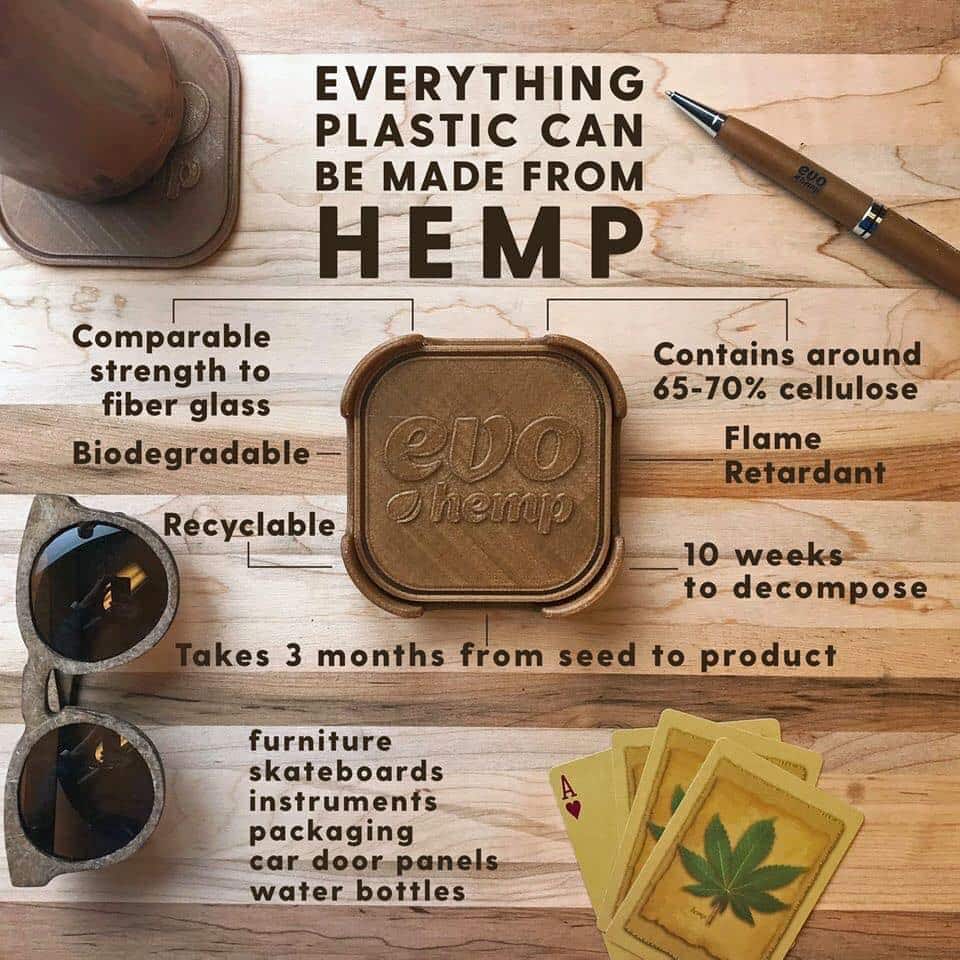
Hemp Makes a Comeback: Sustainability, Specialization, and Community Well-being
Hemp, a versatile and resilient plant, boasts a rich history in Europe. Cultivated for millennia for its strong fibers and nutritional seeds, it played a pivotal role in everything from shipbuilding to food production. However, the 20th century saw a decline in hemp cultivation due to the rise of synthetic alternatives and stricter regulations surrounding its psychoactive cousin, cannabis.
Today, Europe is witnessing a renaissance of hemp, driven by a growing recognition of its remarkable sustainability credentials and vast potential across diverse sectors. Let’s delve into the evolution of the European hemp industry, exploring its path towards a more sustainable future and the positive impact it has on communities.
A Sustainable Powerhouse:
Hemp thrives in a variety of climates, requiring minimal water and exhibiting natural pest resistance, reducing the need for harmful pesticides. Furthermore, its rapid growth rate helps replenish soil nutrients and suppress weeds. Studies by the European Industrial Hemp Association (EIHA) [EIHA – European Industrial Hemp Association] suggest hemp cultivation can even improve soil quality over time.
Compared to traditional materials like cotton, hemp boasts a significantly lower environmental footprint. According to a report by the U.S. Department of Agriculture [Report Name:Market Trends and Regulations for Industrial Hemp in the European Union], hemp requires less water and produces significantly more fiber per hectare. Additionally, the processing of hemp requires fewer harsh chemicals compared to cotton, minimizing environmental pollution.
Specialization Breeds Opportunity:
The European hemp industry is undergoing a period of exciting specialization. Farmers are exploring new hemp varieties specifically tailored for distinct applications. French producers, for example, are renowned for their high-quality long fibers ideal for textiles, while others focus on cultivating varieties rich in cannabinoids like CBD for the wellness market.
This specialization fosters innovation and creates new opportunities within rural communities. Farmers benefit from improved crop yields and higher market prices for specialized hemp products. Additionally, the burgeoning hemp industry opens doors for the creation of processing facilities and the development of new hemp-based products, generating local jobs and economic growth.
Wellbeing for People and Planet:
Hemp’s potential to promote sustainability extends far beyond agriculture. The strong, lightweight fibers are finding application in the creation of eco-friendly building materials, insulation, and bioplastics. These hemp-based alternatives offer sustainable replacements for traditional materials derived from fossil fuels, contributing to a reduction in greenhouse gas emissions.
Furthermore, the growing popularity of hemp-derived CBD products is creating a new market focused on natural wellbeing. These products are touted for their potential to alleviate anxiety, pain, and inflammation, offering individuals a potentially safer and more sustainable alternative to conventional pharmaceuticals.
A Vision for a Sustainable Future:
The resurgence of the European hemp industry presents a compelling vision for a more sustainable future. By harnessing the plant’s remarkable versatility and environmental benefits, Europe can foster a thriving green economy that prioritizes both economic prosperity and environmental well-being.
The emphasis on specialization within the industry empowers rural communities and creates new opportunities for local businesses. By embracing hemp’s potential, Europe can cultivate a future that nourishes both its people and the planet.
Looking Forward:
Despite the promising outlook, challenges remain. Regulatory hurdles related to THC content and a lack of standardized processing methods can hinder growth. However, with continued research, education, and collaboration between governments, farmers, and entrepreneurs, the European hemp industry has the potential to become a cornerstone of a sustainable future.
References:
[1] Report Name: Market Trends and Regulations for Industrial Hemp in the European Union https://fas.usda.gov/data/european-union-market-trends-and-regulations-industrial-hemp-european-union) [2] Hemp – Agriculture and rural development – European Commission Europa.eu: https://agriculture.ec.europa.eu/farming/crop-productions-and-plant-based-products/hemp_en [3] History | EIHA – European Industrial Hemp Association (https://eiha.org/)
#hemp #hempindustry #community #wellbeing #environment #sustainability #powerhouse #future #planet #specialization #progress
